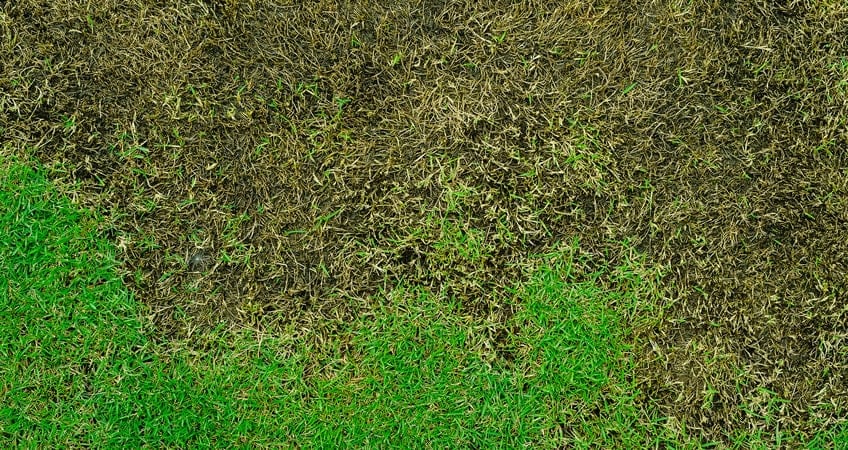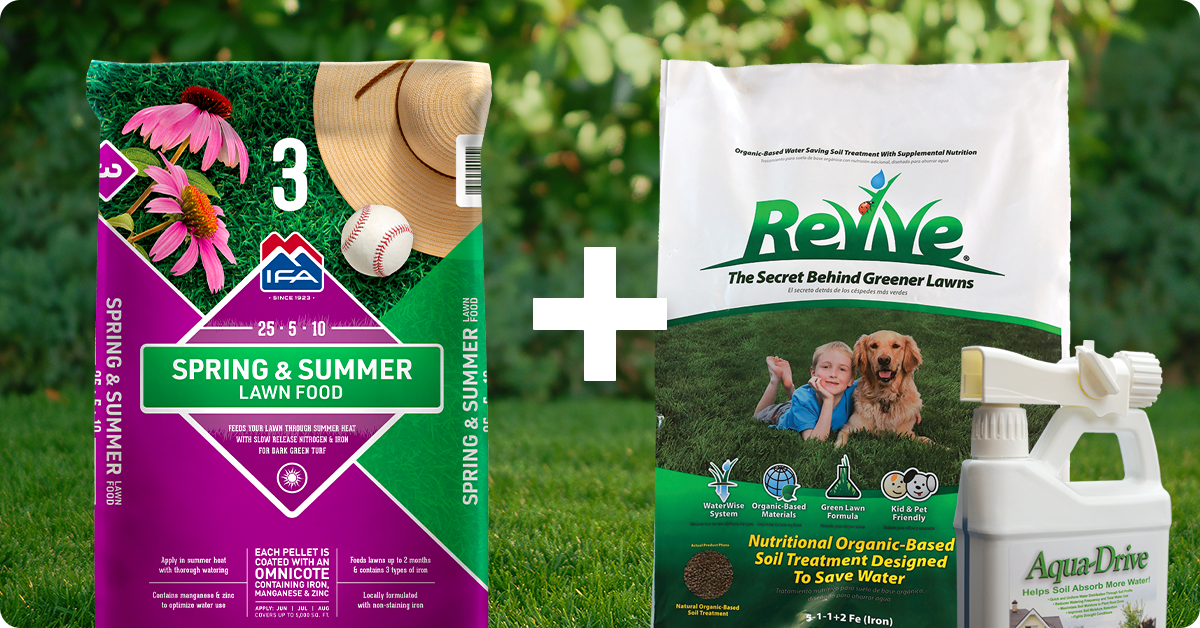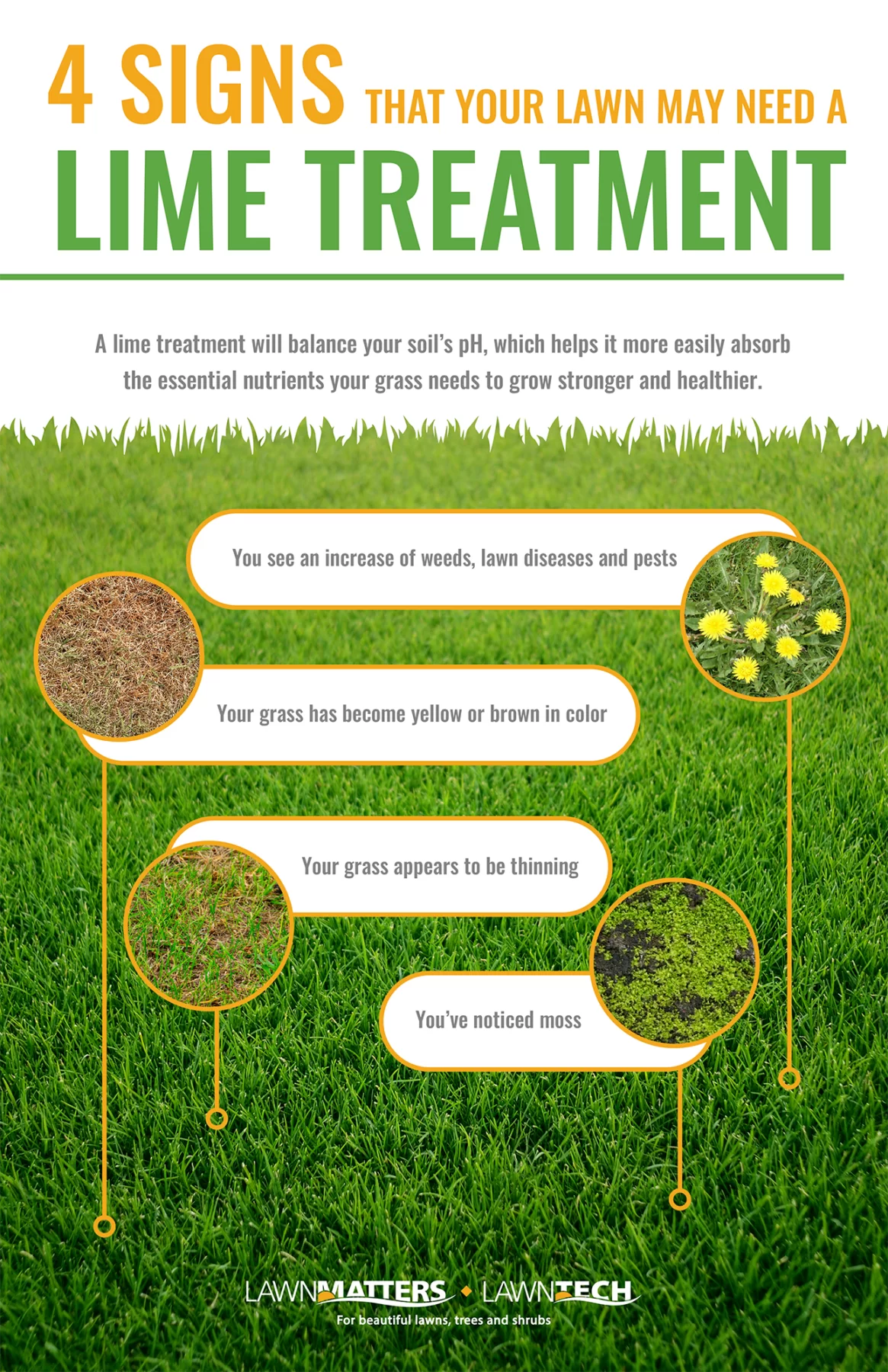Lawn treatment timing is essential. Applying it at the right time ensures a healthy lawn.
Knowing when to apply lawn treatment can be tricky. The timing depends on various factors like the type of grass, climate, and specific lawn needs. Whether you aim to fertilize, control weeds, or prevent pests, applying the treatment at the wrong time can lead to poor results or even damage your lawn.
Understanding these factors helps you choose the best time for treatment, ensuring your lawn stays lush and green throughout the year. By planning properly, you can save time, effort, and resources while achieving the best results for your lawn. So, let’s explore the best times to apply lawn treatments for a thriving, beautiful yard.
Introduction To Lawn Treatment
Timing is key for a healthy lawn. Applying treatments at the right time ensures better absorption. Spring and fall are usually the best seasons. During these times, the grass grows actively. This helps in strong root development. Summer can be tricky due to heat. Winter treatments are often not effective. Always check the weather forecast before applying any treatment.
Proper lawn care improves grass health. Healthy grass can resist weeds and pests better. It also looks greener and feels softer. Regular treatments can prevent diseases. This makes the lawn safer for kids and pets. A well-kept lawn increases property value. It also provides a nice place for outdoor activities. Proper care saves money in the long run.

Credit: www.barefootlawncare.com
Spring Lawn Care
Inspect your lawn for any damage. Rake away dead grass and leaves. This helps new growth. Check for bare spots. Reseed those areas. Water the new seeds daily. Keep an eye on the weather. Frost can harm new seeds.
Choose a balanced fertilizer. Read the label carefully. Apply fertilizer evenly. Do not use too much. Over-fertilizing can burn the grass. Water the lawn after fertilizing. This helps the nutrients soak in. Check soil pH levels. They affect nutrient absorption. A pH of 6.0 to 7.0 is ideal.
Summer Lawn Maintenance
Water the lawn early in the morning. This helps the grass absorb water. Late watering can cause fungus. Use a sprinkler for even watering. Ensure the water reaches the roots. Avoid overwatering to prevent root rot. A deep soak is better than frequent light watering.
Remove weeds by hand when you see them. Use a weeder tool for deep roots. Apply a pre-emergent herbicide in early summer. This stops weed seeds from growing. Mulch around plants to reduce weeds. Keep the lawn thick and healthy. A strong lawn chokes out weeds.

Credit: grow.ifa.coop
Fall Lawn Treatment
Aeration helps your lawn breathe. It involves making small holes in the soil. This allows air, water, and nutrients to reach the roots. You can use a spike aerator or a plug aerator. Spike aerators poke holes in the ground. Plug aerators remove small plugs of soil. Aerate in the fall for best results. Avoid dry or overly wet soil. Aim to aerate every one to three years.
Overseeding fills in thin or bare spots. Choose a high-quality grass seed. Spread the seed evenly over the lawn. Water the lawn lightly each day. Keep the soil moist until seeds sprout. Avoid heavy foot traffic on newly seeded areas. Use a starter fertilizer for better growth. Overseed in fall to give grass time to establish before winter.
Winter Lawn Care
Apply lawn treatment just before the first frost. This timing helps protect the grass through winter. Early application ensures nutrients get absorbed properly.
Winterizing Your Lawn
Preparing your lawn for winter is important. Start by removing fallen leaves. Leaves can block sunlight and air. Next, mow the grass shorter than usual. This helps prevent snow mold. Use a rake to remove thatch. Thatch is a layer of dead grass. It can harm your lawn. Aerate the soil before the ground freezes. Aeration helps roots breathe. Apply a winter fertilizer. This gives your lawn nutrients. Nutrients help it survive the cold months.
Preventing Winter Damage
Protect your lawn from heavy foot traffic. Walking on frozen grass can damage it. Use burlap to cover sensitive areas. Burlap shields grass from harsh winds. Clear away any snow piles. Snow piles can suffocate the grass. Salt can harm your lawn. Avoid using too much salt on walkways. If you use salt, rinse it off in spring. Keep an eye on pests. Some pests stay active in winter. Remove any visible pests quickly.
Choosing The Right Products
Fertilizers help grass grow strong. They provide important nutrients. Choose a balanced fertilizer for best results. Look for labels with nitrogen, phosphorus, and potassium. These are key nutrients. Apply in spring and fall. Avoid hot summer days. Water the lawn after applying. This helps nutrients reach roots.
Herbicides kill unwanted weeds. Use pre-emergent herbicides in early spring. They stop weeds before they grow. Apply post-emergent herbicides in summer. They kill visible weeds. Pesticides control bugs and pests. Use them when you see signs of damage. Always follow label instructions. Safety first.
Common Lawn Problems
Lawn diseases can make your grass look unhealthy. Brown patches or yellow spots are common signs. Fungal infections can cause these issues. Mold and mildew are other culprits. Another sign is thin grass. Affected areas may not grow well. Disease can spread quickly. Regular checks can help catch issues early. Proper watering and mowing can prevent many problems.
Pests can damage your lawn. Grubs and moles are common pests. They eat grass roots. This leads to dead patches. Ants and beetles also cause damage. Insecticides can help. Natural remedies work too. Neem oil is a good option. Regular monitoring is key. Look for signs of pests. Act quickly to stop the spread. Healthy lawns resist pests better. Proper care keeps pests away.

Credit: simplelawnsolutions.com
Expert Tips For A Lush Lawn
Experts say the best time to apply lawn treatment is spring and fall. These seasons offer the best weather for grass to grow. Spring treatments help the grass wake up and grow strong. Fall treatments prepare the grass for winter.
Water the lawn after applying treatment. This helps the treatment soak into the soil. Always follow the directions on the treatment package. Using too much can harm your lawn.
Mow your lawn regularly to keep it healthy. Never cut more than one-third of the grass height. This prevents stress on the lawn. Use sharp blades for clean cuts.
Fertilize your lawn every six to eight weeks during growing seasons. Choose a fertilizer suitable for your grass type. Water the lawn deeply but less often. This encourages deep root growth.
Frequently Asked Questions
When Is The Best Time For Lawn Treatment?
The best time for lawn treatment is during the spring and fall. These seasons offer optimal growing conditions. Fertilizers and weed control work best during these times.
How Often Should I Apply Lawn Treatment?
You should apply lawn treatment every 6-8 weeks. This helps maintain a healthy, green lawn. Adjust timing based on your specific grass type.
Can I Treat My Lawn In The Summer?
Yes, but be cautious. Summer treatments can stress the lawn. Use light fertilizers and ensure proper watering.
What Lawn Treatment Should I Use In Winter?
Use winterizers designed for cold weather. They strengthen roots and prepare your lawn for spring. Avoid high nitrogen fertilizers in winter.
Conclusion
Timing is crucial for effective lawn treatment. Apply treatments during growing seasons. Spring and fall are generally best. This ensures nutrient absorption and growth. Remember to consider your specific grass type. Proper care results in a lush, green lawn. Consistency is key.
Follow a regular schedule for best results. Happy gardening!

My mission is to help you bring the beauty of nature indoors with expert advice, detailed plant care guides, and creative design ideas.





Leave a Reply